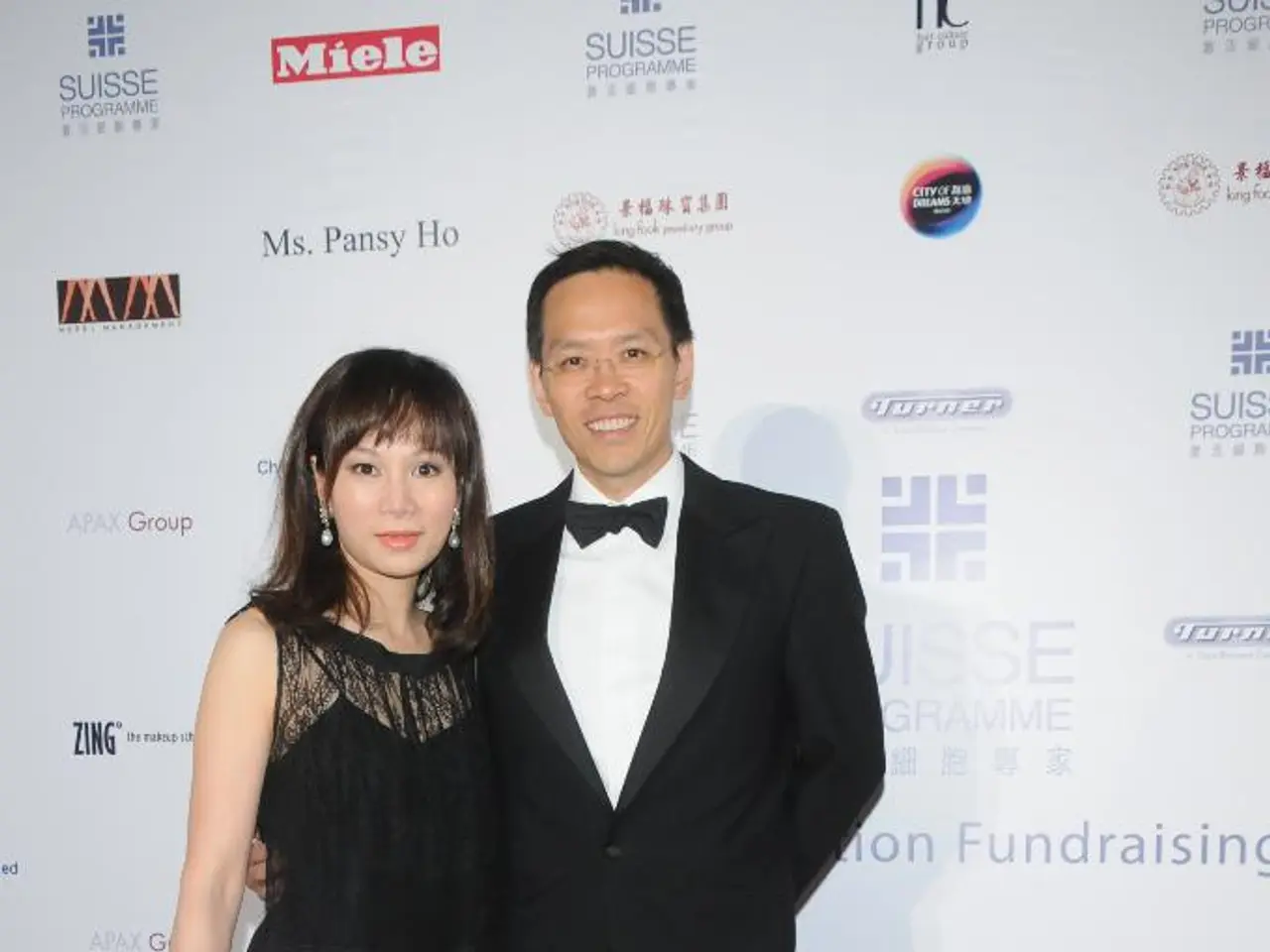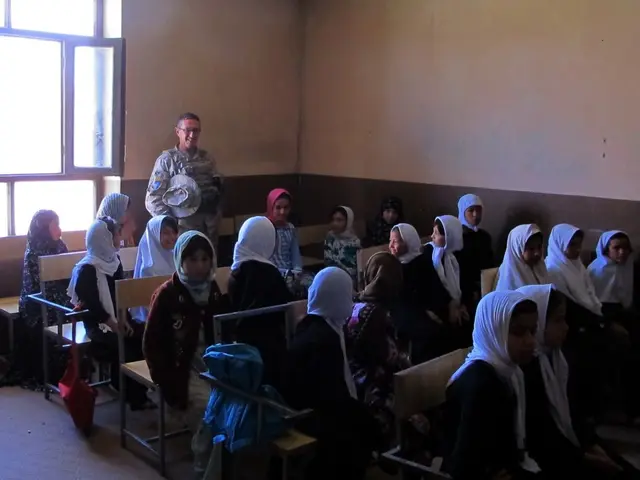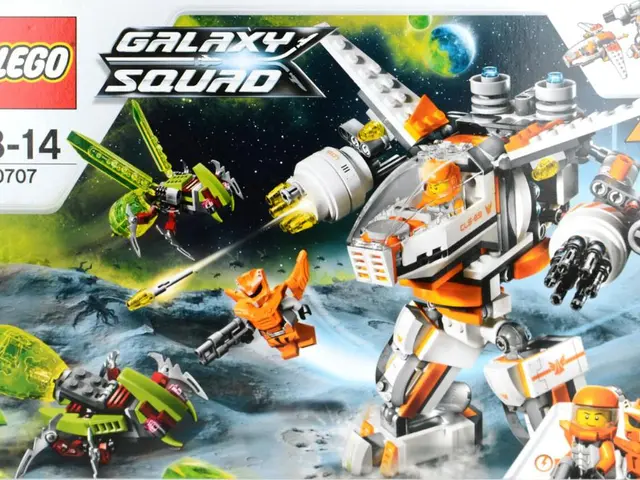Disposing of Possessions that I No Longer Use
=========================================================================
Decluttering your home can be a rewarding experience, but it often comes with emotional challenges. Items we own can serve as physical anchors for memories, identities, and aspirations, making it difficult to let go due to feelings of guilt, nostalgia, and fear[1][2][3].
To manage this emotional attachment and effectively declutter, several strategies can help.
Firstly, postpone decluttering sentimental items until later. Starting with less emotionally charged items helps build momentum, as sentimental clutter carries the heaviest emotional weight and tends to slow progress[2].
Secondly, recognise that memories live within you, not in the objects. Understanding that letting go of possessions does not mean losing the memory can reduce guilt and attachment[2][3].
Thirdly, practice mindfulness during the decluttering process. Being present with feelings such as guilt or nostalgia without judgment allows emotional detachment from the object, helping to untangle memories from physical items and fostering psychological space for personal growth[3].
Fourthly, shift focus from ownership to utility and present needs. Minimalism encourages valuing items based on current usefulness rather than past associations, aiding conscious decision-making about what to keep[1].
Fifthly, adopt intentionality in possessions. Consciously choosing what to keep in line with who you are now rather than who you were or want to be fosters a healthier relationship with belongings and supports letting go[1][3].
Lastly, address underlying consumption or emotional habits. For example, recognising shopping as a coping mechanism and taking corrective steps (like a no-buy period) can prevent acquiring new clutter and ease the decluttering process[4].
These approaches collectively help break the emotional ties that complicate decluttering, making it more manageable and aligned with sustainable and mindful living principles[1][3].
Reframing narratives, documenting memories, and cultivating mindfulness can facilitate a smoother transition towards a more organized and emotionally fulfilling life. By understanding these dynamics, individuals can navigate the decluttering process more effectively, leading to healthier relationships with their belongings.
For further reading, please visit the following resources:
- [1] https://pmc.ncbi.nlm.nih.gov/articles/PMC7044560/
- [2] https://www.amybucherphd.com/why-we-keep-things-we-dont-need-the-psychological-weight-of-stuff/
- [3] https://www.goodhousekeeping.com/home/organizing/a41710258/emotional-attachment-to-objects/
- [4] https://www.mother.ly/life/the-psychology-of-clutter-why-we-hold-onto-stuffand-how-that-affects-our-kids/
- [5] https://www.scientificamerican.com/article/why-we-become-so-attached-to-our-belongings/
- [6] https://bemorewithless.com/the-psychology-of-stuff/
Mental health and personal growth can greatly benefit from adopting intentionality in possessions, as consciously choosing what to keep in line with who you are now supports a healthier relationship with belongings [1]. Additionally, science and education-and-self-development resources provide valuable insights into understanding and addressing the emotional attachments to objects that can hinder health-and-wellness and overall wellbeing [5, 6].




